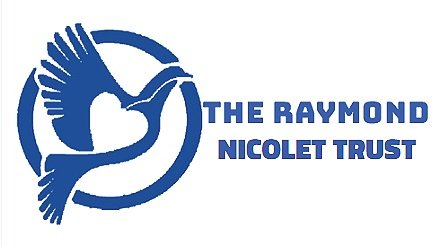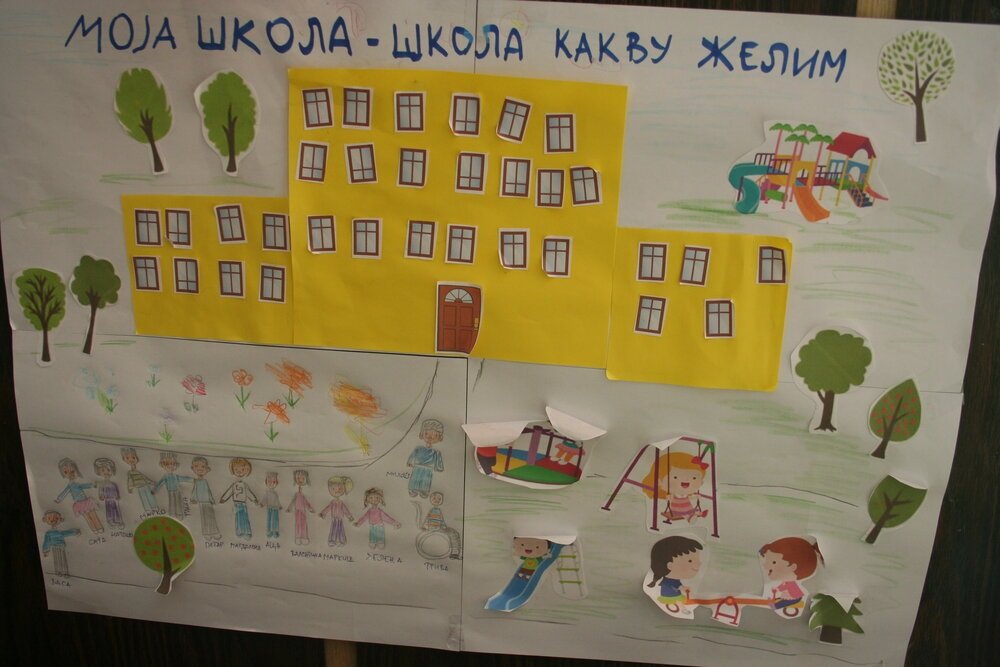The Vuk Karadzic Center, Sombor, Serbia
Find out how this project is making a difference
About the Center
The “Vuk Karadžić” Center for Primary and Secondary Education with a Boarding Facility in Sombor has a long tradition of working with children with developmental disabilities. It was founded in 1974 to provide education and support to children with developmental challenges. It includes preschool education, primary and secondary schooling, a boarding facility, and a day care center for children, youth, and adults with disabilities. In addition to students with developmental difficulties, the school also supports children from vulnerable social groups, including those from socioeconomically disadvantaged families who need extra material and psychological support.
The teaching staff includes 60 dedicated educators, special education professionals. The school currently educates 150 students, while another 150 attend mainstream schools through inclusive education, supported and monitored by the school’s special education professionals.
Activities include psychometric reeducation, speech-language therapy, sensory integration therapy, and rehabilitation for physically disabled and visually impaired children.
Existing Infrastructure Challenges
One of the school’s major problems is the lack of space, especially considering the individualized approach and small class sizes. The recent increase in student numbers has created a need for more classrooms. The existing school space is insufficient, especially due to the individualized approach and small group instruction. The lack of space limits the ability to tailor teaching and apply modern learning methods.
Additionally, secondary school students training to become florist-gardeners need a classroom for acquiring practical skills vital for their future independence and employment. The absence of such a space restricts the delivery of quality practical education.
To improve learning conditions, the school plans to purchase a mobile classroom container, which will provide extra space for instruction and work with students.
Mobile Container as a Solution
To expand its spatial capacity, the school plans to acquire a mobile classroom container, which would create a more pleasant and functional learning environment. This space would be fully adapted to the students’ specific needs, promoting their progress and independence.
A mobile container, as a modular classroom, is the most practical and effective solution because it allows for a quick and efficient expansion of school capacity with minimal cost and full adaptation to the students’ needs. Unlike traditional construction, a mobile container can be installed in a very short time, without lengthy construction work or complex paperwork. It can be placed at various locations within the school yard and even relocated if needed, providing flexibility in organizing school activities.
The school has considered different options for solving the space shortage for teaching and practical work. However, these proved far more expensive compared to acquiring a modular classroom (mobile container). Building a new classroom via traditional construction requires permits, project documentation, and actual construction, which can take years. Traditional construction is much costlier than purchasing a mobile container. The mobile container is the most efficient, fastest, and most cost-effective solution that will enable the school to improve education quality and provide adequate working conditions for both students and teachers.
Example of mobile school container
How the Center Will Benefit
By acquiring a mobile container, the “Vuk Karadžić” School will create better conditions for education, providing students with a pleasant and functional space for learning and practical work. This investment brings multiple benefits for both students and teachers, improving education quality and easing teaching organization.
Benefits for students:
Comfortable and stimulating environment – Students will have a calm setting adapted to their needs, improving concentration and learning.
Space for practical classes – The classroom will allow for workshops, exercises, and creative activities, helping students gain valuable knowledge and skills through hands-on experience.
Safer and more pleasant atmosphere – Smaller class sizes will lead to better organization, more individualized attention, and a more relaxed atmosphere.
Benefits for teachers:
Improved class organization – Additional space allows teachers to better plan and conduct lessons, with more opportunities for individualization.
Greater flexibility in teaching – The classroom will support various instructional formats – from lectures and practical exercises to individual and group activities.
Easier class execution – Fewer students per class means more quality time for each student and better learning outcomes.
NEXT STEPS
The mobile container will be installed at the school’s location at Apatinski put 29 in Sombor, where there is a clear need for additional teaching and practical work space. This location was chosen because it offers easy access for students, teachers, and staff and fits within the existing school complex.
The mobile container will serve as an additional classroom and be used for:
Practical instruction – It will provide students with a space to gain work-related skills, especially those training as florists-gardeners;
Theoretical instruction – It will reduce the load on existing classrooms and enable higher quality instruction in smaller groups;
Workshops and extracurricular activities – It can be used for creative and educational workshops and collaboration with the local community.
Location where the mobile container will be installed
This project provides lasting benefits for students, teachers, and the entire school community. It allows the school to maintain high teaching standards, increase flexibility in class organization, expand capacity, and improve working conditions, creating a stable educational environment for all. Through this investment, the school will be better prepared to face future challenges and provide a safe and supportive environment for education.























